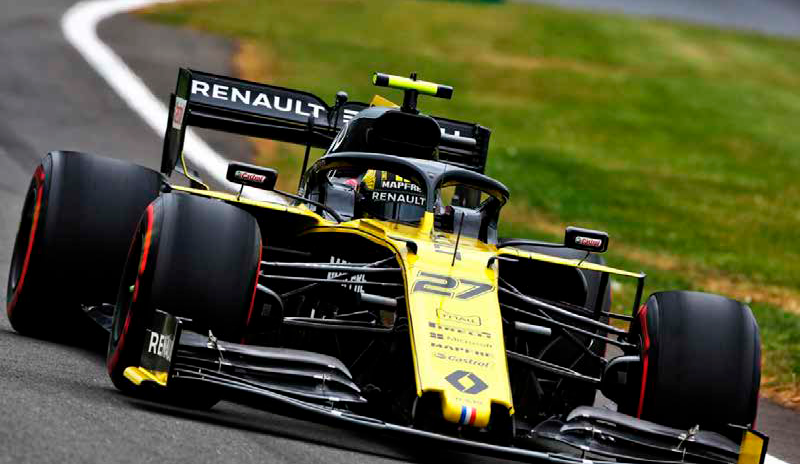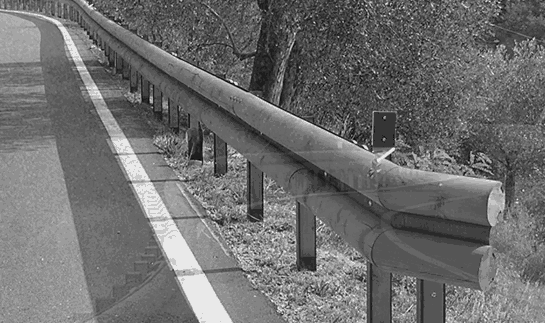Abstract
Metal additive manufacturing (AM) is widely used in Formula One, motorsport and racing to manufacture complex parts in a short time. Power Bed Fusion (PBF) technologies, such as selective laser melting (SLM) and direct metal laser sintering (DMLS), are currently used to manufacture parts (e.g. exhaust systems, aerodynamic inserts and wings, pipes, roll hoops, etc.) in aluminum, titanium, Inconel and other high-performance superalloys [1,2]. The main success factors driving the increased use of metal AM in motorsport are the maximum freedom assured during the design phase; and the possibilities of manufacturing lightweight parts, using complex geometries, and using lattice structures with controlled variable densities. Nevertheless, metal AM is not synonymous with perfection; it has its own limits and constraints. One of its critical issues is the distortions that occur to the part during the laser melting process. In particular, this happens with thin-walled titanium components, which frequently deviate from the nominal 3D CAD geometry despite stress-relieving treatments. The use of simulation tools to limit and compensate for the distortions can dramatically reduce the risk of scraps and delays in delivery, and the related costs.
This paper presents the RENAULT F1 Team’s AM process for an aerodynamic insert in titanium Ti6Al4V. Production was optimized by identifying the best orientation for the parts and the best positioning for the support structures in the melting chamber, in addition to using the ANSYS Additive Print module, a simulation software useful for predicting the distortion of a part and for developing a new, 3D, compensated model that guarantees the best “as-built” quality.
Read the article


